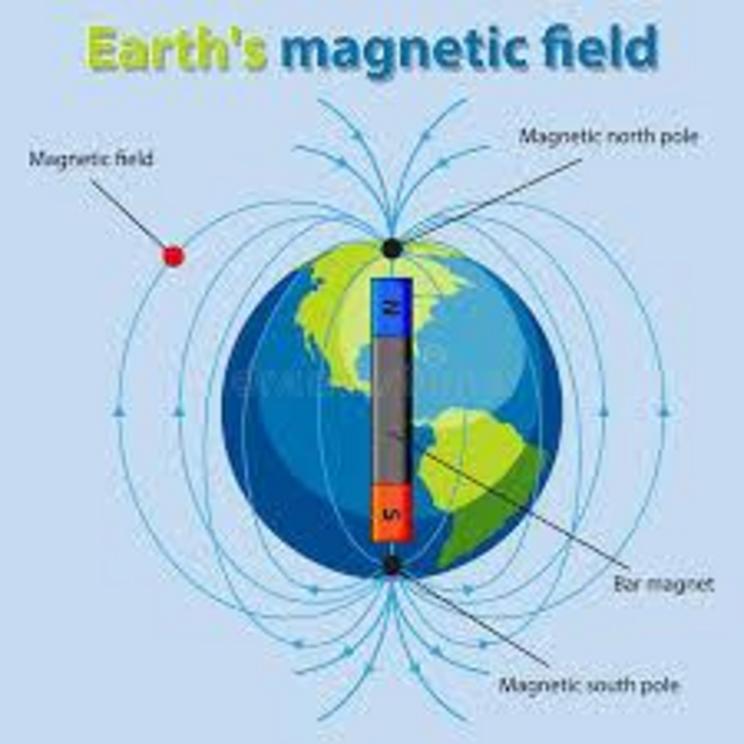Thousands of species are fleeing to Earth’s poles en masse, and a pattern’s emerging
Temperature changes worldwide have caused animals to move their habitats in order to compensate for the temperature changes and maintain their own homeostasis. Although we have known this was going on on land there was a recent discovery that the pole migration is happening up to 6 times faster for marine species. (1)
The Global Threat of Extinction for Wildlife
Currently, the earth is undergoing a biodiversity crisis which estimates that up to a million species of plants and animals are at risk. Part of the cause of this crisis is human activity such as overfishing, hunting, and deforestation. Other human-influenced causes include pollution, climate change, and the spreading of invasive species from one region to another from human trade.
The concern that scientists and experts are having is that the rate of extinction is much more rapid because of human behavior. If we do not change or slow the current rate of extinction then we could very well end up with a mass extinction within the next 240 to 540 years. (2)
Species Migration and Marine Mammal Study
After analyzing 258 peer-reviewed studies of 12,000 species of fungi, bacteria, plants, and animals as well as 30,000 habitat shifts it was discovered that there seems to be a migration for marine species that are following thermal changes globally. The compiled database, known as BioShifts has found that land species and moving towards the earth’s poles at a much slower rate than those living under seawater. (1)
Special Migration Breakdown
Insects are moving towards the poles at an average rate of 18.5 kilometers or 11.5 miles per year. Amphibians, such as frogs, are moving upslope at 1.8 meters or 5.9 feet per year. Reptiles, in what appears to be an attempt to keep warm are actually moving towards the equator at a rate of 6.5 meters or 21 feet per year. (1)
The distance per year may not sound like much for the land species but it does add up each year and does create concern when it comes to habitat loss and human interaction.
Marine species and moving at an average rate of 6 kilometers or 3.73 miles per year which is a much higher rate than what the average land species is doing at 1.8 meters or 5.9 feet per year. (1)
Why is this Migration happening faster for Marine Species?
This could be happening for many different reasons, theorize the authors of the study, one could be that marine life have a higher sensitivity to temperature changes when compared to land-based species. Water conducts heart 25 times more effectively than air does which can make it much more difficult to maintain an ideal body temperature.
Another possible factor is that is is a bit easier for marine life to migrate in the ocean as they don’t need to worry as much about human habitation. Land species have human cities, structures, fences, and more to navigate possibly making it a slower year to year change.
All of this supports the theory that earth species are trying to adapt to their changing environment in an attempt to survive and thrive despite the changes.
“On land, habitat loss and fragmentation due to land use changes may impede the ability of terrestrial species to track shifting isotherms [lines on a map connection regions with the same temperature],” the authors write.
“These complex interactions need to be accounted for to improve scenarios of biodiversity redistribution and its consequences on human well-being under future climate change.” (1)
Could Thermal Migration Exacerbate The Extinction Rate?
What is so unfortunate about these changes and shifts is that more species are trying to live in smaller areas as their old habitats become unlivable. This could have long term issues which may include a higher extinction rate than that of what we are already seeing.
For full references please use source link below.

